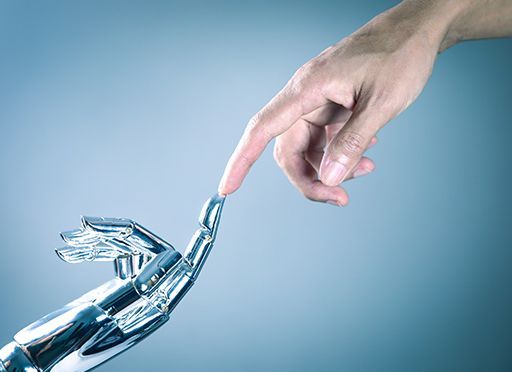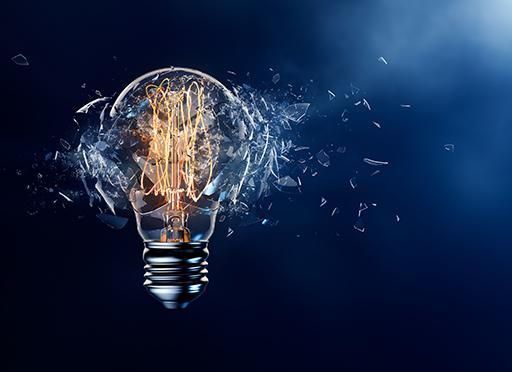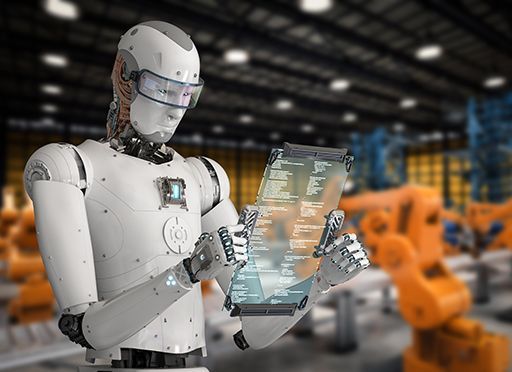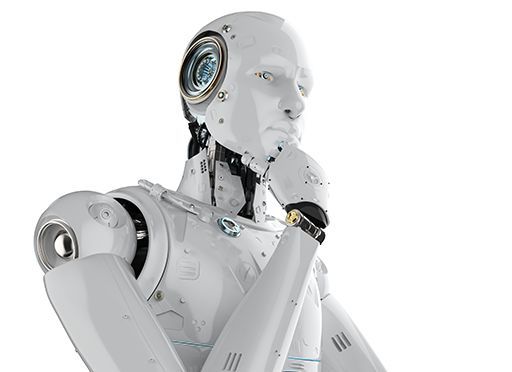You’ve Got to Have Heart to Have Art
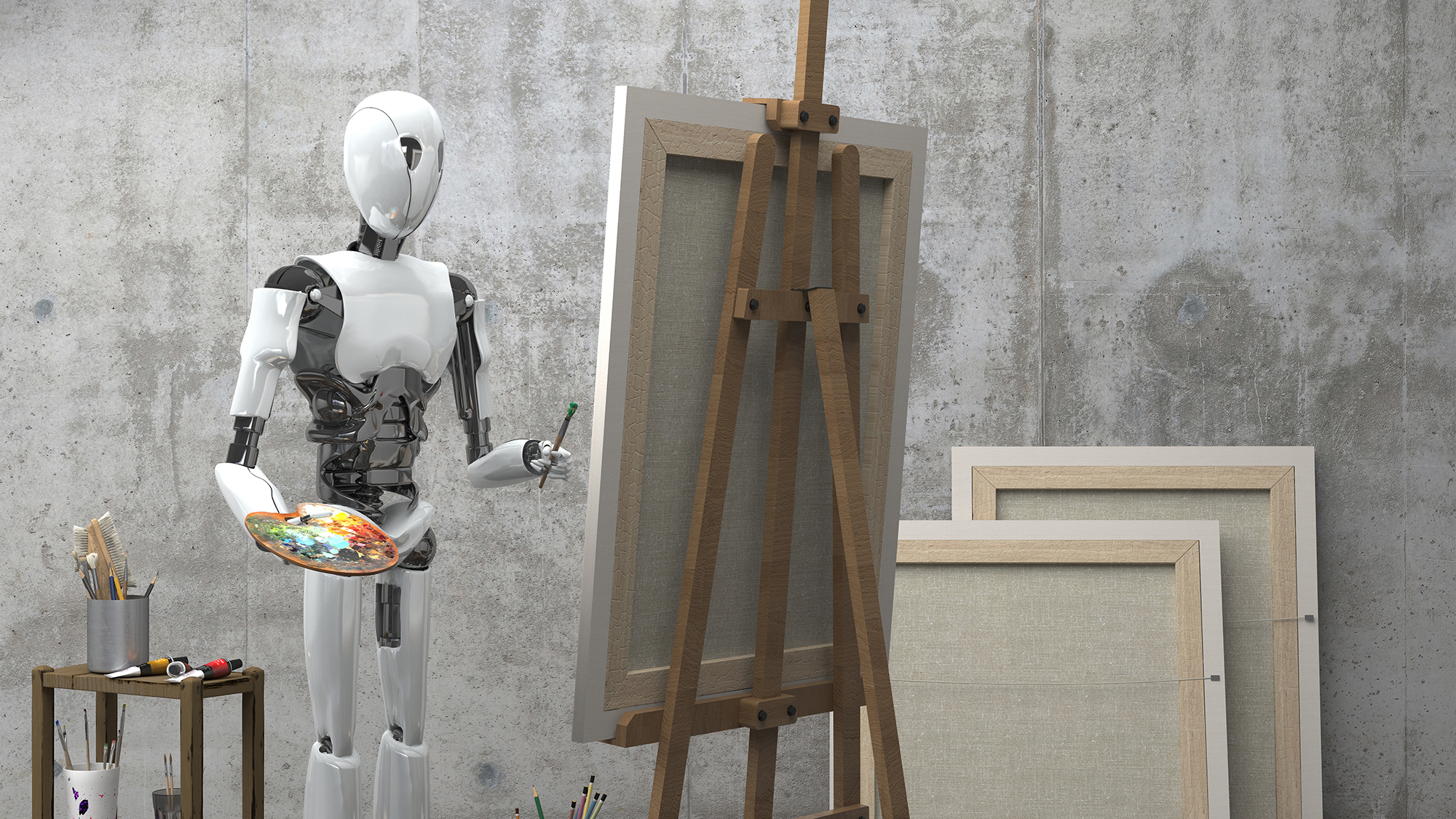
Thomas Edison described genius as 1% inspiration and 99% perspiration. Working artists are well aware of the part perspiration plays in realizing their visions. But it’s that 1% of inspiration that will always separate human artists from their AI counterparts.
Humans gather input through personal experiences, childhood memories, emotions or impressions and it all comes together in a mysterious way that those who are artists seek to express. AI can only work with the information it’s fed. So, if you feed your machine Rembrandt, you’re going to get something Rembrandt-like back, a brand-new painting in Rembrandt’s style, which is no small feat, but it’s not quite original either. In this same way, AI can also imitate classical composers.
For a long time, artificial intelligence algorithms were tightly designed and only gave the results coders programmed them to give, based on mountains of data whether text or images. Now, machine learning allows artificial intelligence to go beyond its programming to synthesize true intelligence. AlphaZero, developed by DeepMind, is a learning algorithm that teaches itself as it goes along, without programmers instructing it. This makes art possible for AI. In his book The Creativity Code, author Marcus Du Sautoy says an algorithm-created painting, not based on any particular artist’s style, but rather on an analysis of art itself throughout several hundred years, sold for $432,000 in 2018.
Impressive, yes. But someone had to tell it to paint.
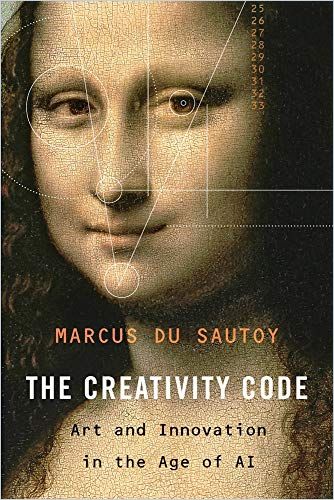
Projects like this certainly give artists pause. Perhaps AI is gaining on them and suddenly encroaching on a domain until now the sole province of humanity. Is this true? No. AI is a super-tool. Robots don’t stroll down the street, become suddenly moved by the sunset and frame up a photograph. AI has no emotions and also no taste.
As for sculpture, 3D printing makes it possible for AI-enhanced machines to make just about anything, from customized clothing to body parts, but it would not occur to a robot to create David. A computer does not see the sculpture inside a block of marble, waiting to be set free, as Michelangelo did. Perhaps most human of all is the performing arts, which relies on conveying pathos and emotion to a human audience, a feat, so far, robots can only feebly reproduce.
Machine learning can greatly enhance the experience of art, especially online, which has been crucial for the survival of the arts during pandemic. When Wassily Kandinsky painted shapes and colors, he heard music, a phenomenon called “synesthesia.” Play A Kandinsky, developed by Google Arts & Culture, playfully captures Kandinsky’s experience of synesthesia in his work.
Refik Anadol is an artist who embraces algorithms and works with machine learning to explore the data-enhanced world and AI consciousness. But there would be no art here without his curiosity and creativity.
Art itself is an expression of meaning and reflects the human condition. Making art may be the most human thing we do. AI can accomplish and will accomplish amazing things. If machines develop consciousness – and nothing says they won’t – we will understand them through their artistic expression. Until then, artists will continue to find ways to outsource some of their perspiration, but AI will always depend on inspiration from humans.


